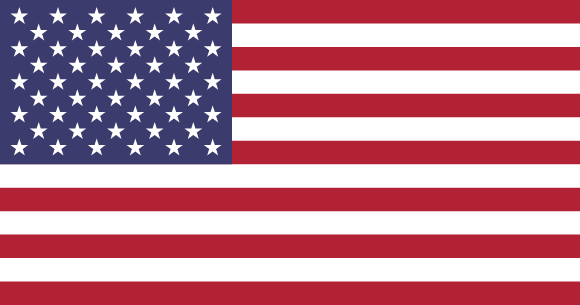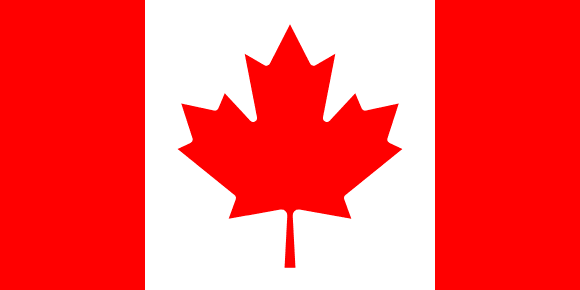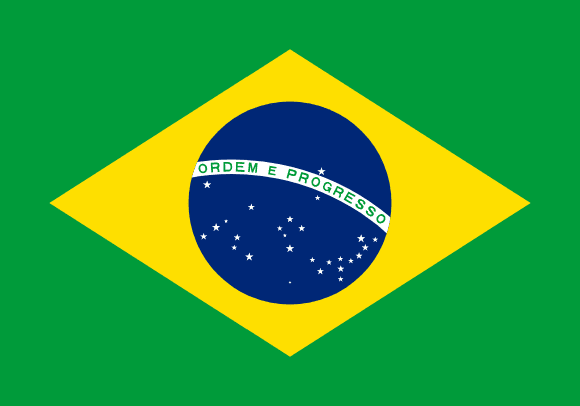Horse Racing Betting 101: A Beginner’s Guide to Understanding Bets, Racing Forms, and More
Horse racing can be an exhilarating sport to watch and bet on, but if you're new to it, the wealth of information, terminology, and betting options can be overwhelming. This beginner's guide is designed to help you get started with horse racing betting by covering the essentials, from understanding different types of bets and reading a racing form to avoiding common mistakes and learning key terms. By the end of this guide, you’ll be ready to place your first bet with confidence.

Contents
- Understanding Horse Racing: The Basics
- Types of Horse Racing Bets: An Overview for New Bettors
- How to Read a Racing Form: A Step-by-Step Guide
- Common Betting Mistakes and How to Avoid Them
- Glossary of Horse Racing Terms Every Bettor Should Know
- Race Meeting Insights
- Conclusion
Understanding Horse Racing: The Basics
Before diving into betting, it’s important to understand the basics of horse racing. Horse races are typically held on flat tracks, although some may include jumps (known as steeplechases or hurdle races). Races can vary in distance, surface (turf, dirt, or synthetic), and class (the quality of the horses competing).
Key Elements of a Horse Race
- Race Distance: Races can range from short sprints of 5 furlongs to longer endurance races of 2 miles or more. Understanding a horse’s performance over different distances is crucial when placing bets.
- Track Surface: Horses may race on turf, dirt, or synthetic surfaces. Some horses perform better on specific surfaces, so it’s important to consider this when evaluating bets.
- Race Class: Races are classified by the quality of the horses competing, ranging from maiden races (for horses that have never won) to graded stakes races (featuring the highest level of competition).
Types of Horse Racing Bets: An Overview for New Bettors
Understanding the different types of bets is fundamental to getting started in horse racing betting. Here’s an overview of the most common bet types:
1. Win Bet
A win bet is the simplest and most popular type of bet. You’re betting on a specific horse to win the race. If your horse finishes first, you win the bet.
2. Place Bet
A place bet means you’re betting on a horse to finish in one of the top positions (usually first or second). The payout is lower than a win bet, but your chances of winning are higher.
3. Show Bet
A show bet is a bet on a horse to finish in the top three. This bet offers even lower payouts than a place bet, but it’s the safest option.
4. Each-Way Bet
An each-way bet combines a win bet and a place bet. If your horse wins, you get paid for both the win and place parts of the bet. If your horse places, you only win the place part.
5. Exacta Bet
An exacta bet involves picking the first two finishers in the correct order. This bet offers higher payouts than win, place, or show bets but is more challenging to win.
6. Trifecta Bet
A trifecta bet requires you to pick the first three finishers in the exact order. Trifectas can offer substantial payouts but are difficult to predict.
7. Superfecta Bet
A superfecta bet takes things further by requiring you to pick the first four finishers in the exact order. This bet has the highest risk and reward among the standard bet types.
How to Read a Racing Form: A Step-by-Step Guide
A racing form, also known as a racecard, provides detailed information about each horse in a race. Learning how to read a racing form is essential for making informed betting decisions.
Key Sections of a Racing Form
- Horse’s Name and Number: The number corresponds to the horse’s position in the race. The name is followed by the horse’s age, weight, and the jockey’s name.
- Form Figures: These numbers represent the horse’s recent finishes in previous races. For example, a sequence of "3-1-2" means the horse finished third, first, and second in its last three races.
- Distance and Course: This section shows the distance of the race and the track conditions. It also indicates whether the race is on turf, dirt, or synthetic surface.
- Trainer and Jockey: The racing form lists the trainer and jockey, along with their recent performance statistics.
- Odds: The odds reflect the likelihood of the horse winning the race as determined by bookmakers. Lower odds indicate a favorite, while higher odds suggest an outsider.
Step-by-Step Guide to Using a Racing Form
- Start with the Basics: Look at the horse’s name, number, and form figures to get a sense of its recent performance.
- Evaluate the Distance and Course: Consider whether the horse has performed well at similar distances and on the same type of surface.
- Check the Jockey and Trainer Stats: A strong jockey-trainer combination can significantly impact a horse’s chances.
- Review the Odds: Use the odds to assess whether the horse is a favorite or an outsider. Remember that favorites don’t always win, so look for value bets.
- Look for Patterns: Identify any patterns in the horse’s past performances, such as consistent finishes or improvement over recent races.
Common Betting Mistakes and How to Avoid Them
Even experienced bettors make mistakes, but as a beginner, there are a few common pitfalls you should be aware of:
1. Betting on Every Race
It’s tempting to place a bet on every race, but this can quickly deplete your bankroll. Instead, focus on races where you have a strong understanding of the horses and conditions.
2. Chasing Losses
Trying to recover losses by placing larger bets is a common mistake that can lead to even bigger losses. Stick to your betting strategy and manage your bankroll carefully.
3. Ignoring Track Conditions
Track conditions can significantly impact a horse’s performance. Always consider the track surface and weather conditions before placing your bets.
4. Overvaluing Favorites
While favorites have a higher chance of winning, they don’t always offer good value. Look for horses that offer better returns relative to their odds.
5. Neglecting the Racing Form
Betting without studying the racing form is like flying blind. Always take the time to analyze the form and make informed decisions.
Glossary of Horse Racing Terms Every Bettor Should Know
Horse racing has its own language, and understanding key terms is crucial for navigating the sport. Here’s a glossary of essential horse racing terms:
- Accumulator (Parlay): A bet that combines multiple selections into one wager, requiring all selections to win for the bet to pay out.
- Ante-Post: Betting on a race before the final field is confirmed.
- Bar: Refers to the odds of horses not quoted individually in betting markets.
- Blinkers: A piece of equipment placed on a horse's head to limit its vision and help it focus on the race.
- Boxed Bet: A bet where you cover multiple combinations of horses to finish in any order.
- Claiming Race: A race in which the horses are available for purchase at a specified price before the race begins.
- Closer: A horse known for its strong finishing speed in the final stages of a race.
- Colt: A young male horse, typically under four years old.
- Dead Heat: A race result in which two or more horses finish exactly even, making it impossible to separate them as a winner.
- Distance: The length of the race.
- Each-Way: A bet where you back a horse to either win or place.
- Exacta (Perfecta): A bet where you must pick the first two horses in the correct order.
- Filly: A young female horse, typically under four years old.
- Furlong: A unit of distance in horse racing, equal to 1/8 of a mile.
- Going: The condition of the racecourse surface, which can vary from "firm" to "heavy."
- Handicap: A race where horses carry different weights based on their ability.
- In the Money: Refers to a horse that finishes in one of the top positions that entitles the owner to a portion of the prize money, usually the top three.
- Maiden: A horse that has never won a race.
- Nap: A tipster’s best bet of the day.
- Photo Finish: A close race finish that requires the judges to examine a photograph to determine the winner.
- Stayer: A horse that performs well over long distances.
Race Meeting Insights
Race meetings are events where multiple horse races are held, typically over the course of a day or a few days. Understanding the dynamics of a race meeting can help you make better betting decisions.
Key Considerations for Race Meetings
- Track Bias: Some tracks have biases that favor certain running styles or positions. Research the track to see if any bias could impact the races.
- Weather: Weather can change throughout the day, affecting track conditions and horse performance. Monitor the weather closely and adjust your bets accordingly.
- Field Size: Larger fields generally make races more unpredictable, while smaller fields can be easier to analyze.
- Jockey Form: Jockeys often ride multiple horses at a meeting. If a jockey is in good form, it can be worth following their mounts throughout the day.
Conclusion
Horse racing is a sport rich in history, excitement, and opportunities for bettors. By understanding the basics of betting, learning how to read a racing form, avoiding common mistakes, and familiarizing yourself with key terms, you’ll be well-equipped to start betting on horse races with confidence. Whether you're placing your first bet or looking to refine your strategies, this guide provides a solid foundation to help you succeed in the world of horse racing.
More Betting Guides
Fundamentals of Horse Racing Betting
- Bankroll Management for Horse Racing: Tips to Stay Profitable
- Horse Racing Betting 101: A Beginner’s Guide to Understanding Bets, Racing Forms, and More
- Understanding Odds: How to Maximize Your Winnings
Betting Strategies
- Each-Way Betting: A Safer Approach to Horse Racing Bets
- How to Pick Winners in Horse Racing: Tips from the Pros
- Value Betting in Horse Racing: How to Identify and Capitalize on Undervalued Horses
Advanced Betting Techniques
- Mastering Exacta Betting: From Beginner to Pro
- Mastering Multi-Race Bets: Strategies for Pick 3, Pick 4, Pick 5, and Pick 6 in Horse Racing
- Trifecta and Superfecta Betting: Strategies for Big Payouts
Analysis and Prediction
- How to Analyze Past Performance to Predict Future Success
- Jockey and Trainer Analysis: How to Factor Human Elements into Your Bets
- The Impact of Track Conditions and Biases: How to Adjust Your Bets
Specialized Knowledge
More of our latest tips & picks
💎 Value Tips Finder
Discover horses with high tipster consensus but generous odds

Great Britain
Tuesday
Tuesday

Ireland

United States
Monday
Monday
Monday
Monday

South Africa
Tuesday
🏇 Upcoming Races
See the most-tipped horses for races just around the corner.

Seb Collins
"This platform has revolutionized how I find winners. I can test different strategies, track performance patterns, and refine my approach with real data. It's incredible how quickly my success rate improved once I started using these tools."


